Large Wall Brown (Lasiommata maera)
Here is a detailed overview of the Large Wall Brown (Lasiommata maera), a sun-loving butterfly often seen basking on rocks or dry paths in Europe:
🦋 Large Wall Brown (Lasiommata maera)
🔹 Taxonomy
- Family: Nymphalidae (Brush-footed butterflies)
- Subfamily: Satyrinae (Browns)
- Genus: Lasiommata
- Species: maera
- Authority: (Linnaeus, 1758)
🔹 Identification
- Wingspan: 45–55 mm
- Coloration:
- Upperside: Dark brown with orange patches and prominent black eyespots on forewings and hindwings
- Forewing: One large black eyespot with white pupil
- Hindwing: Several smaller eyespots
- Underside:
- Forewings similar to upper side but duller
- Hindwings are mottled grey and brown, cryptic, with subtle eyespots—perfect for camouflage on rocks or dry soil
- Upperside: Dark brown with orange patches and prominent black eyespots on forewings and hindwings
- Sexual dimorphism:
- Males are slightly darker with more intense color contrast
- Females are paler and slightly larger
🔹 Distribution
- Range: Widely distributed across:
- Southern and Central Europe
- North Africa
- Parts of Western and Central Asia
- Altitudinal range: From lowland grasslands to alpine slopes (up to ~2,500 m)
🔹 Habitat
- Favors dry, rocky, sunny habitats, including:
- Stone walls, dry grasslands
- Scree slopes, abandoned quarries
- Mountain paths, woodland clearings, open scrub
- Often seen basking on bare rock, dry paths, or walls, hence the name “Wall Brown”
🔹 Behavior
- Basking: Frequently seen resting with wings open in the sun
- Flight: Low and fluttery, often interrupted by short glides
- Territorial: Males defend sunlit perches and chase intruders
- Often rests with wings half open or closed when camouflaging on rocky surfaces
🔹 Life Cycle
🥚 Eggs
- Laid singly on or near grasses, especially on dry, sparse vegetation
🐛 Larvae
- Caterpillars are greenish with a faint dorsal stripe and tapering at each end
- Feed on a variety of grasses, especially:
- Festuca (fescues)
- Brachypodium
- Poa (bluegrasses)
🐛 Pupae
- Pupate close to the ground, often among rocks or dry vegetation
🦋 Adults
- Two generations (bivoltine) in southern areas: May–June and August
- Single generation (univoltine) at higher altitudes or cooler regions: June–August
🔹 Similar Species
| Species | Key Difference |
|---|---|
| Lasiommata megera (Wall Brown) | Smaller, more orange, more fragmented eyespots; prefers lower altitudes and man-made walls |
| Lasiommata petropolitana (Northern Wall Brown) | More restricted to boreal regions |
| Pararge aegeria (Speckled Wood) | More woodland-dwelling, less orange, smaller eyespots |
🔹 Conservation Status
- Not globally threatened, but:
- Local declines in areas with intensive agriculture, urbanization, or habitat overgrowth
- Benefits from grazing and disturbance that prevent scrub encroachment
- Listed as Least Concern (LC) in Europe
🔹 Ecological Role
- Pollinator of low-growing flowers
- Prey for birds, spiders, and predatory insects
- Indicator of dry grassland and rocky slope biodiversity
🔹 Fun Facts
- Despite the name, it’s less tied to human walls than Lasiommata megera
- Its rock-like hindwing pattern allows it to vanish when wings are closed on gravel or stones
- One of the few Satyrinae frequently seen in open sunlight
📸 Observation Tips
- Look for them basking on dry paths, rocks, or walls from late spring to early autumn
- Approach slowly—they are alert but often return to the same perch
- Often found along hiking trails in rocky, mountainous regions
Visited 9 times, 1 visit(s) today
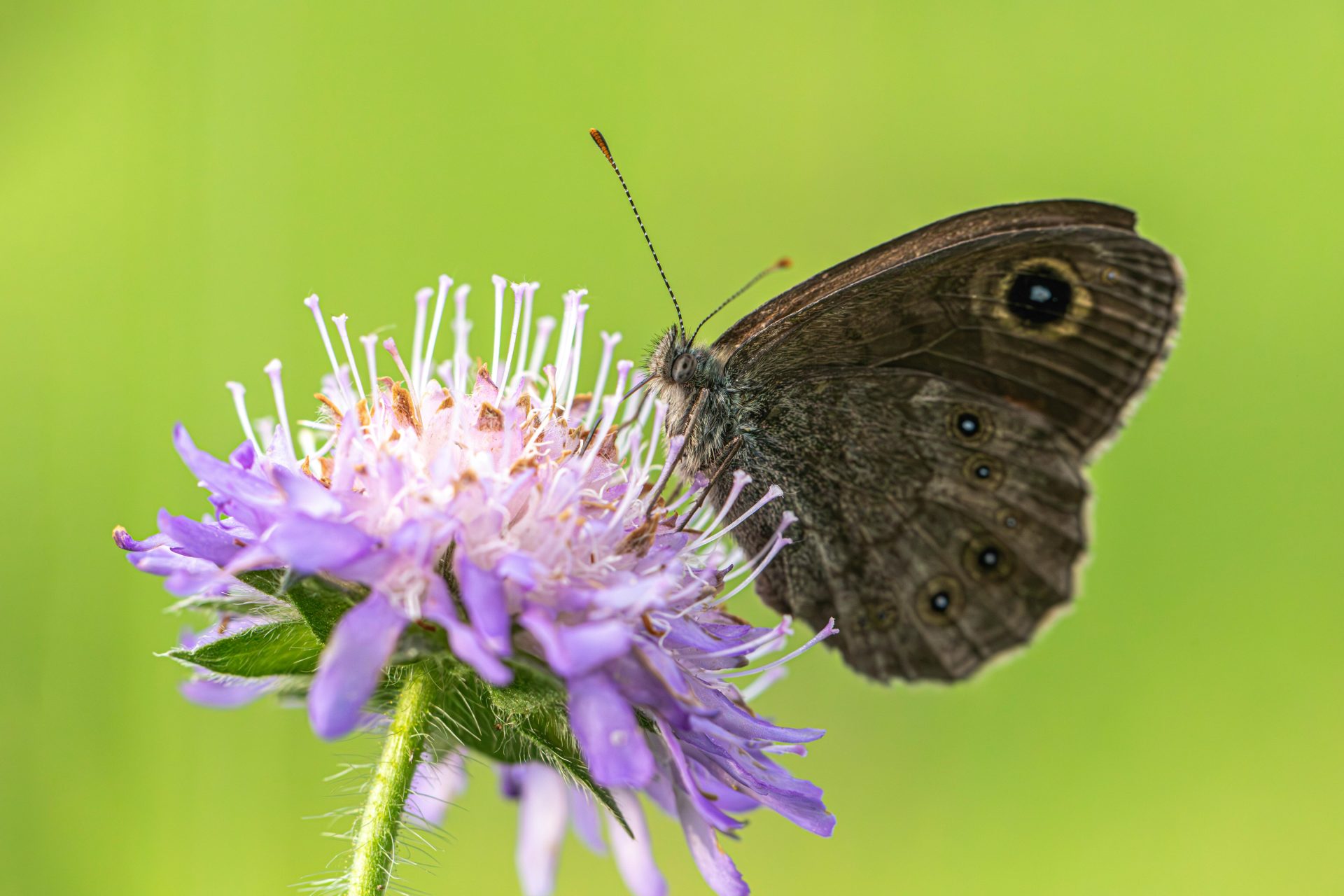
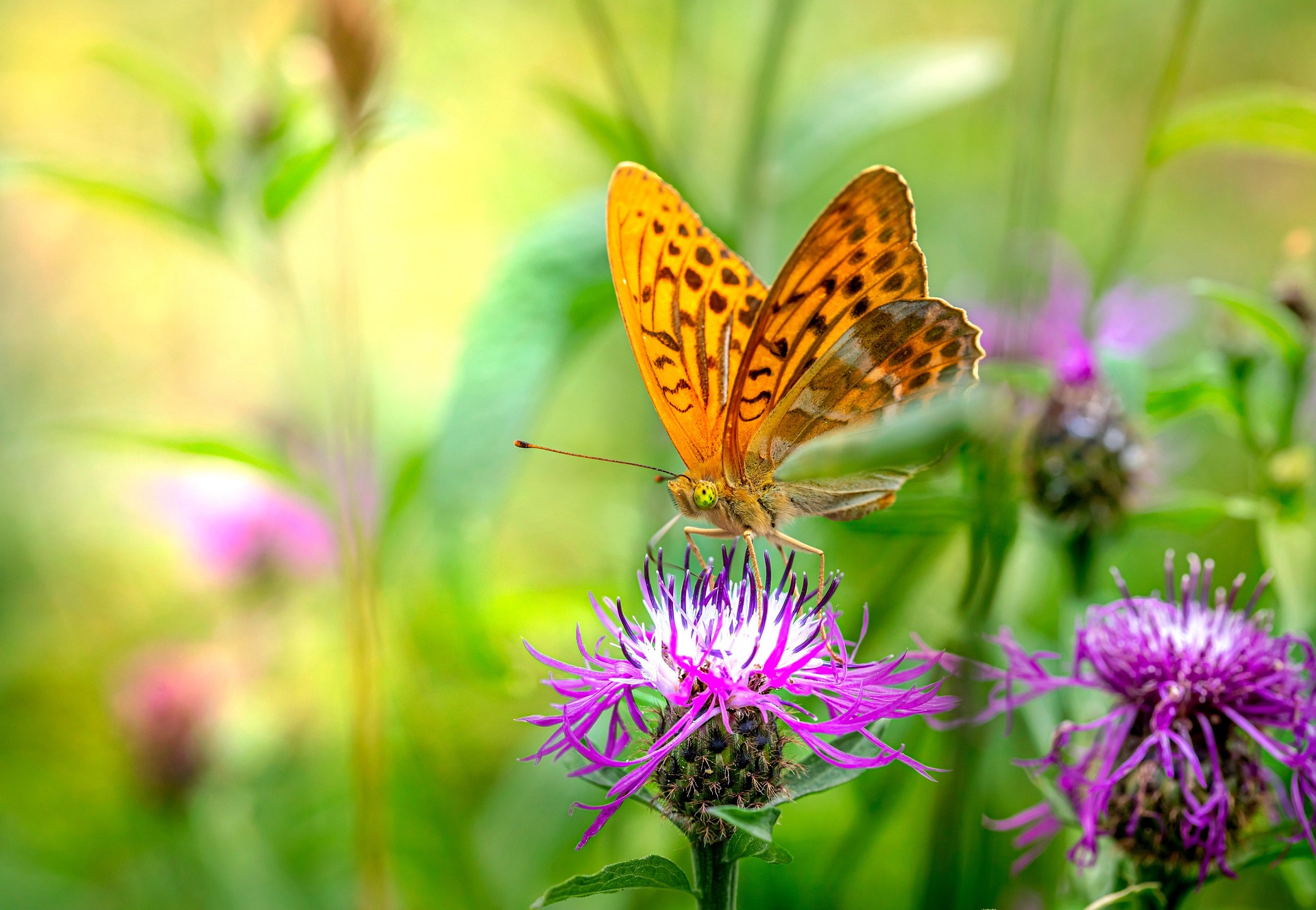
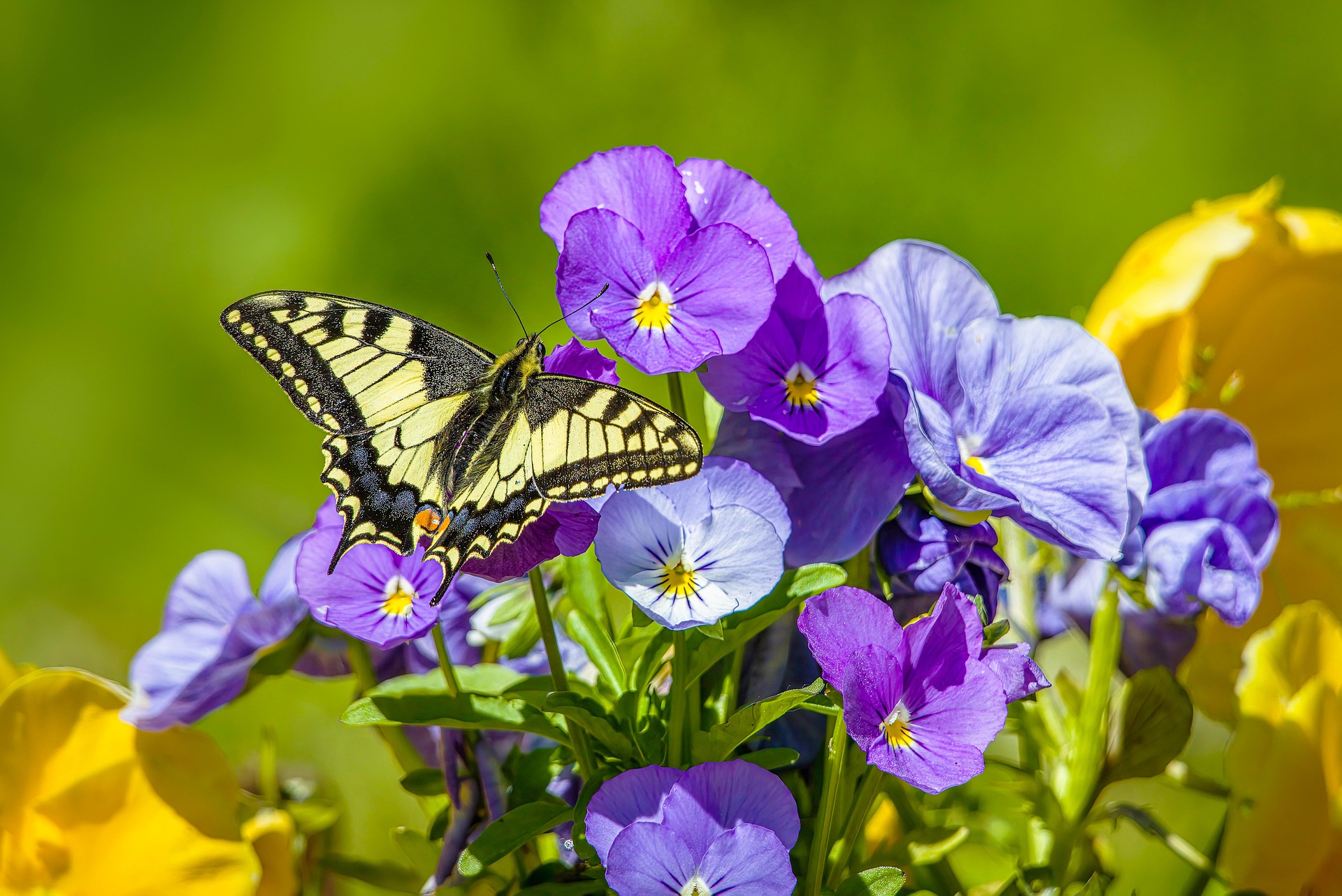
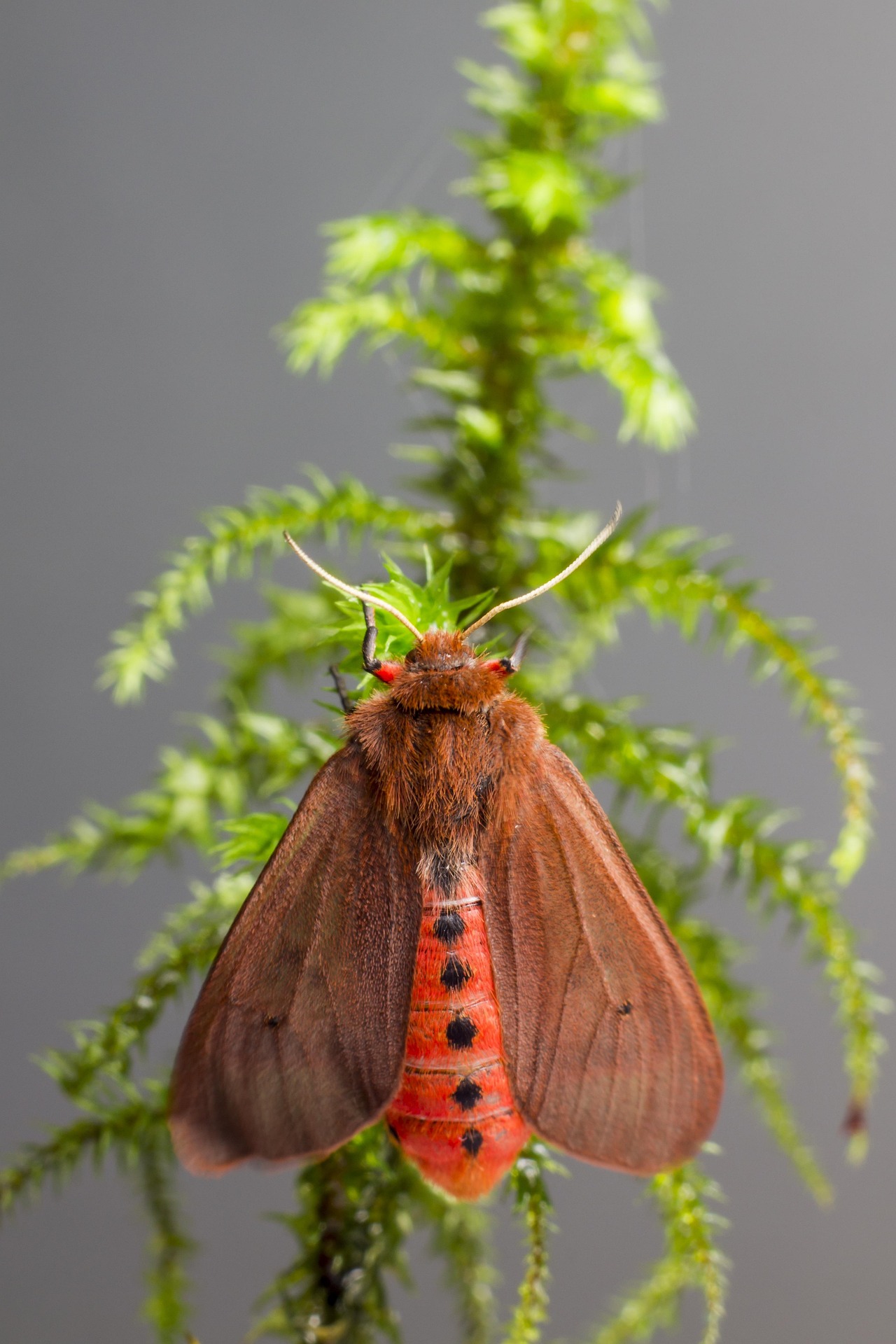
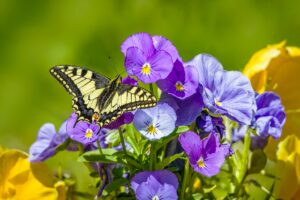
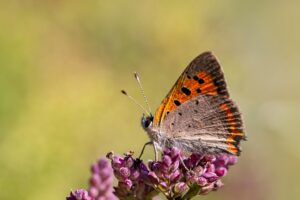
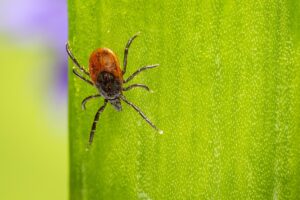
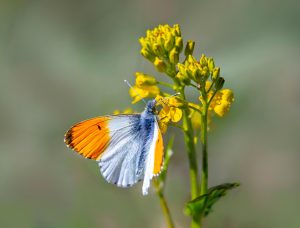

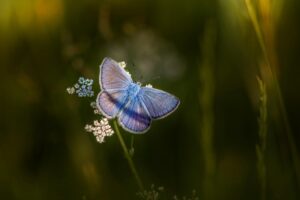
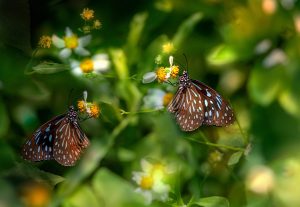
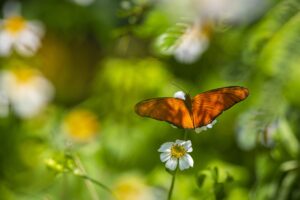
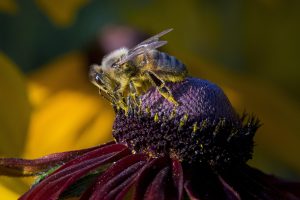
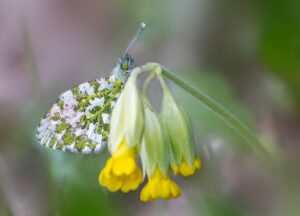
Post Comment